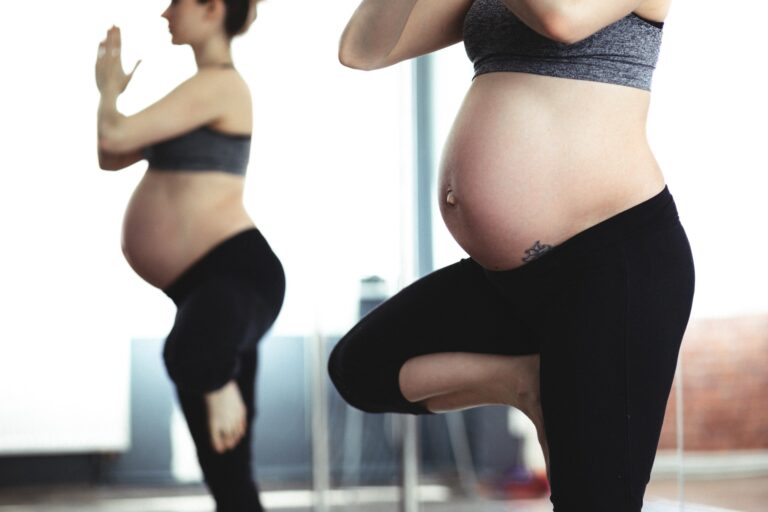Not so long ago, the recommendations for activity during pregnancy were basically non-existent. The standard advice was to rest as much as possible and for some pregnant women, extended bed rest was recommended if minor complications arose.
The Canadian Society for Exercise Physiology released the physical activity guidelines for pregnancy in 2019 both encouraging woman to exercise and, answering the question… how should I exercise while pregnant?
Why is exercise during pregnancy important?
Adequate and appropriate exercise during pregnancy has been associated with:
- Fewer newborn complications
- Larger gestational weight
- Decreased risk of preeclampsia, gestational hypertension, gestational diabetes, caesarean section, instrumental delivery, urinary incontinence, excessive gestational weight gain, and depression
- Improved blood glucose
- Decreased total gestational weight gain
- Decreased severity of depressive symptoms
- Decreased lumbopelvic pain
Once approved to incorporate regular fitness activity, here are the 6 guidelines to follow…
1. The guidelines states that ALL women WITHOUT contraindications should be participating in physical activity despite your physical activity level previous to being pregnant.
This is important, as a common myth that keeps women from being active during pregnancy is the fear that they’ve never exercised in the past.
Regardless of how inactive you were prior to pregnancy, it’s time to start incorporating exercise into your daily routine.
It could be as simple as walking and progressively adding more activity as your body adapts.
2. Pregnant women should accumulate 150 minutes of moderate intensity physical activity each week.
What’s moderate intensity?
The talk test is a simple way to monitor intensity level.
Generally, if you are doing moderately intense activity, you are still able to talk but not sing. Essentially, you want to avoid being out of breath.
3. The accumulation of activity should be over a minimum of three days per week, but daily activity is encouraged.
Taking on the challenge of 150 minutes is wonderful, but trying to get all of them in one day is not the best way to approach your new fitness routine. Start slow and be consistent.
4. Pregnant women should incorporate aerobic as well as strength/resistance training into the recommended 150 minutes. Yoga and stretching is also recommended for added benefit.
Your weekly fitness routine should include a mix of both cardiovascular activity and strength training. It’s important that all aspects of the body’s needs are addressed and developed in order to prepare for an optimal birth process.
5. Pelvic floor training (after being assessed by a pelvic floor specialist) should be included for optimal benefits.
These can include squats, proper transverse abdominal activation and specific core work provided by a trained health professional.
6. If you experience light-headedness or dizziness with lying on your back, avoid this position with exercise.
It is important to note that physical activity with pregnancy is not associated with complications which include: miscarriage, still birth, neonatal death, preterm birth or labour, membrane ruptures, neonatal hypoglycemia, low birth weight, birth defects, induction of labour or birth complications.
The fundamental message to take home is that physical activity is associated with greater benefits during pregnancy.
So, whether you’re pregnant or not, now is the time to start incorporating exercise into your lifestyle allowing you to reap these pregnancy related rewards when the time comes.




